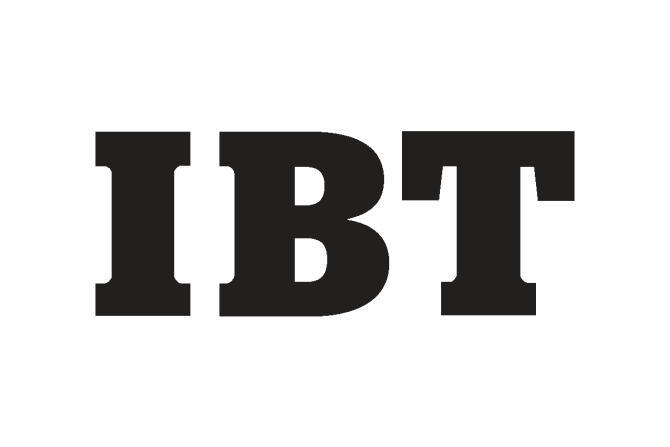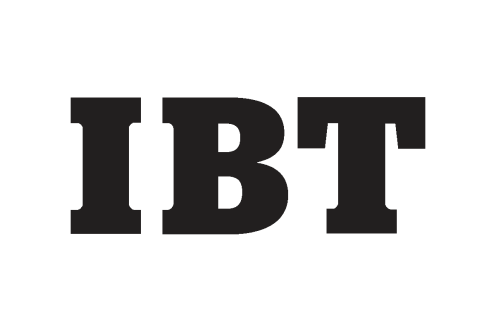Turmoil over sovereign debt problems in Europe could weigh on the U.S. economic recovery, St. Louis Federal Reserve President James Bullard said on Monday.
Increasing consumer anxiety that prices are broadly on the rise should not trigger an inflation-fighting response from the U.S. Federal Reserve, according to research Monday from the San Francisco Fed.
Manufacturers in Europe and China tapped the brakes this month and price pressures eased as tighter policy measures to control inflation began to bite, purchasing managers' indexes showed on Monday.
The European Central Bank must guard against steep oil price gains filtering through to broader inflation, an ECB policymaker said on Monday, adding that rising long-term inflation expectations must be taken seriously.
The solid demand for gold is not supported just by private individuals and panicky investors, but countries like China, India and Russia are ramping up investment in the yellow metal.
After Chinese government tightened the monetary policy in April for four times, the manufacturing growth of the country slowed in May, while price pressures eased, according to a survey showed on Monday, Reuters reported.
Clothing maker and retailer Gap Inc slashed its full-year profit outlook on Thursday, saying that its price increases will not be enough to keep up with rising cotton and production costs, and shares fell 13 percent.
The U.S. economy is on a firmer footing after a deep and lengthy recession, but still-high unemployment is keeping inflation under wraps and continues to warrant ongoing support from the Federal Reserve's ultra-easy money policy, a top Fed official said on Thursday.
Consumer inflation in the US has remained relatively stable after the 2008 financial crisis. In April 2011, however, it jumped to 3.2 percent year-over-year. From here on out, it's only going to accelerate.
Minutes from the last FOMC meeting held April 26-27, 2011.
The two hottest personalities in the hedge fund industry just disagreed about the hottest investment in the world.
Revenues at the world's biggest investment banks fell 5 percent to $52 billion in the first quarter of 2011, hit by Middle Eastern unrest, natural disasters, volatile commodities and economic uncertainty, a consultancy said in a report on the industry.
Gold Bullion prices were little changed below $1500 per ounce on Tuesday morning, but fell for non-US investors as the Dollar eased back on the currency market and European equity markets cut their earlier losses.
U.S. Dollar Gold Prices continued on Monday morning where they'd left off on Friday, zigzagging around $1495 while global stock markets fell along with major industrial commodities oil and copper.
Energy costs pushed up euro zone inflation in April, but core prices jumped as well, confirming ECB concerns about rising inflationary risks and adding to the case for more interest rate hikes.
China needs to raise interest rates further to rein in inflation, which is likely to stay high in coming years due to rising global commodity prices, Li Daokui, an adviser to the People's Bank of China said on Monday.
Gasoline and food prices hoisted U.S. inflation to a 2-1/2-year high in April, but there was little sign of a broader pick-up in consumer prices that would trouble the Federal Reserve.
U.S. consumer prices rose as expected in April on higher food and energy prices, but continued to exhibit little sign of a broader pick-up inflation that would trouble the Federal Reserve.
Consumer prices rose as expected in April on higher food and energy prices, but continued to exhibit little sign of a broader pick-up inflation that would trouble the Federal Reserve.
Many describe 2011 as a period of “heightened uncertainty” for the global economy because there are so many things than can go seriously wrong.
U.S. stocks fell on Friday as data showed U.S. inflation hit the highest level in 2-1/2 years last month, making investors cautious.
Wall street edged down at the open on Friday after April U.S. inflation rose in line with expectations, helping investors reassess the recent volatility in the commodities market.























